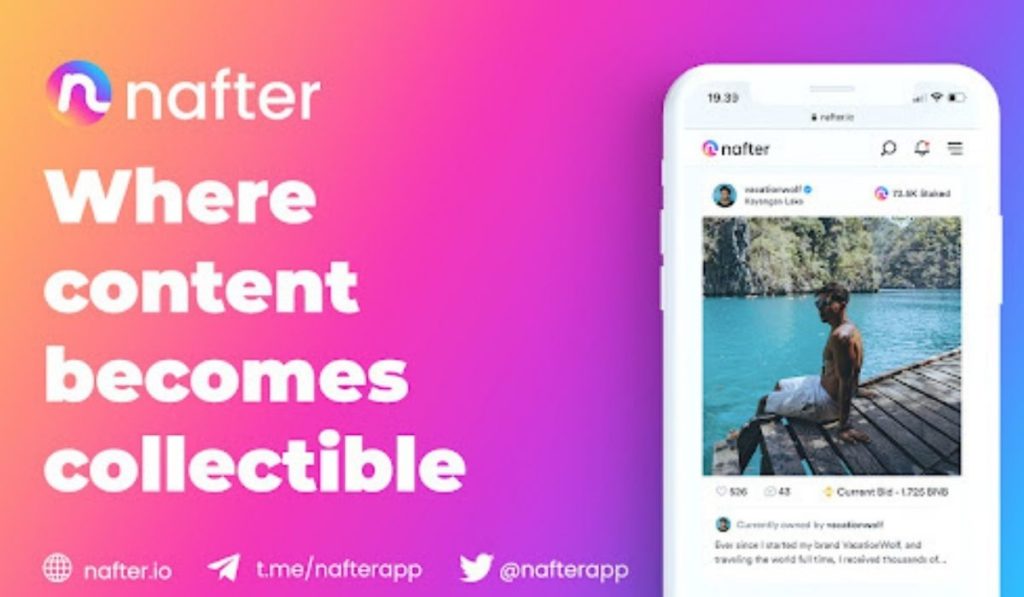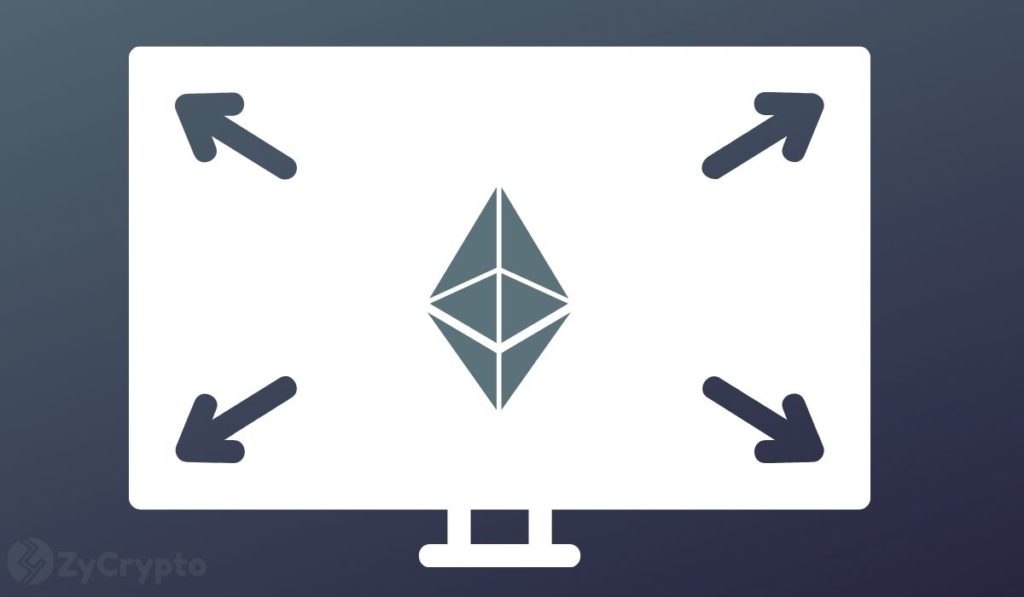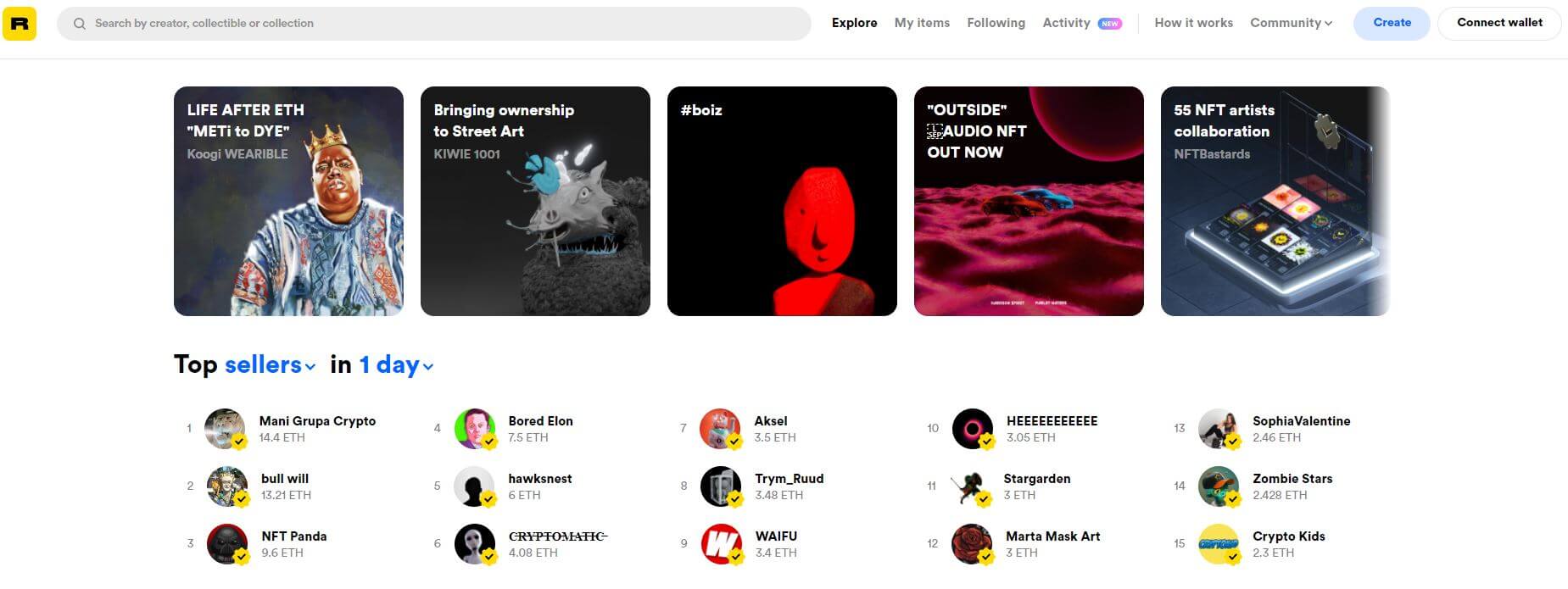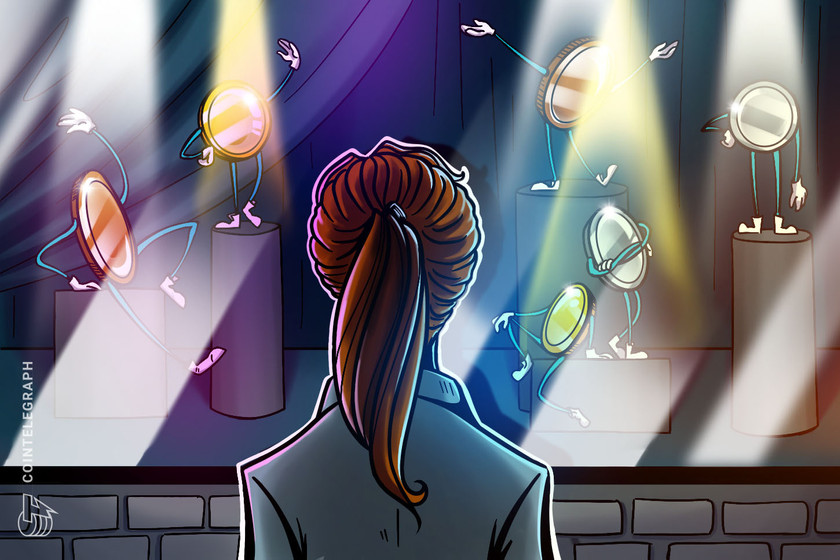2021-10-19 10:19 |
Could we see an entire revitalization on the way science research is funded and formed? NFTs have massive potential to disrupt a number of different industries. Sure, we’ve seen NFTs ingrain themselves in the worlds of collectibles, art and entertainment, and fan engagement (a certainly non-exhaustive list). Now, more and more individuals and organizations are addressing the potential of NFTs serving a variety of unique roles in science and research.
Earlier in the year, our team at sister network NewsBTC covered the groundbreaking story of UC Berkeley auctioning Nobel Prize-winning documents, with proceeds going towards funding innovation research and education.
Now, well-respected researchers are suggesting that this sort of fundraising could become more commonplace in scientific fields. Furthermore, some projects are already addressing having a token governance system to
The Reason’s In The ResearchStanford University professor and researcher in neurobiology and ophthalmology Andrew D. Huberman stated over the weekend that “several laboratories are starting to sell NFTs as alternate/additional sources of research funding” with this tweet:
Well, I guess it’s starting sooner than I anticipated: several laboratories are starting to sell NFTs as alternate/additional sources of research funding. We can expect “first ever images of X down the microscope” NFTs, etc. before long. Wild! #NFT #science #Biology #BTC
— Andrew D. Huberman, Ph.D. (@hubermanlab) October 16, 2021
Huberman also operates the Huberman Lab at the Stanford School of Medicine and frequently discusses neuroscience and the nervous system on his Huberman Lab Podcast.
As with most of NFTs, the evolution of where we go from here is far from clear. However, the potential is absolutely present. In tweet replies, Huberman said that “if labs can self fund it will change the landscape of science forever.”
Related Reading | Banned Bitcoin Miners Found Exploding China’s State Resources
Seeing The Bigger PictureAt it’s core, this is really what crypto is all about. There’s potential to create a decentralized organizational body or structure that funds critical developmental research without third-party interests taking priority.
Huberman, nor our team at Bitcoinist are the first to think about this. One project mentioned more than once in Huberman’s replies is VitaDAO and it’s native VITA token, which is a DAO focused on funding research for the extension of human life and healthspan.
As the total market cap of crypto hovers around all-time highs, so too does the potential for NFTs to find new use-cases in innovation within science and research. | Source: CRYPTO CAP TOTAL on TradingView.comVitaDAO then acquires or commissions research and owns, develops and monetizes the IP that’s generated. Meanwhile, VITA token holders contribute to decision-making and governance behind VitaDAO’s research, deliver sentiment around certain initiatives, and govern data repositories and the DAO’s IP portfolio.
VitaDAO and innovators at UC Berkeley are far from being the only ones in the space looking to approach research and funding in a new way.
Researchers with NYU’s Center for Genomics and Systems Biology were one of the first to mint an NFT of a scientific paper.
Related Reading | Crypto Scammers Take Over Dating Apps Users’ iPhones
Featured image from Pexels/Pixabay, Charts from TradingView.com origin »SURETY (SURE) на Currencies.ru
|
|



















